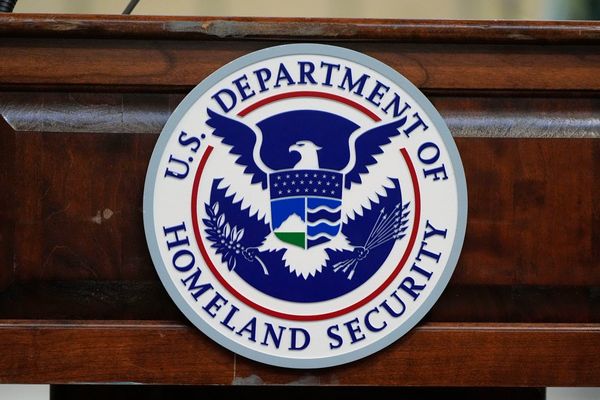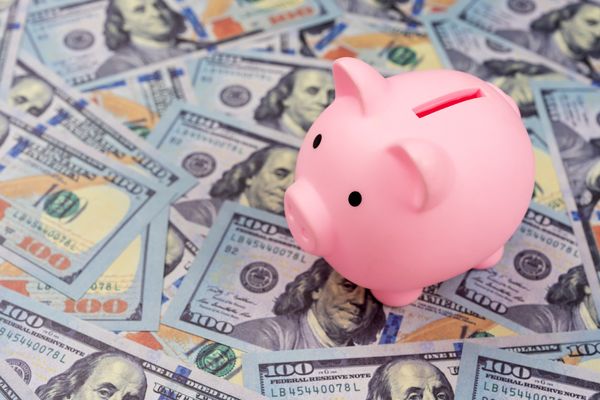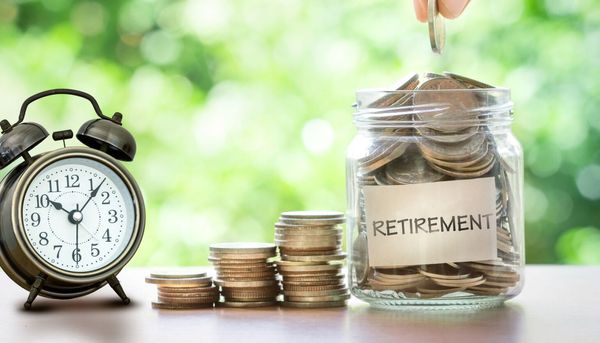Saving for retirement isn't easy even if you have a 401(k). It's even harder if you don't have access to an employer-sponsored retirement plan — but not impossible.
There are many ways for do-it-yourself savers, such as freelancers, gig workers and self-employed folks, to fund their retirement.
The key to building a retirement nest egg for the DIY crowd is to maximize other tax-advantaged accounts. That includes IRAs and HSAs (health savings accounts). Making the most out of your taxable brokerage accounts is also important. With work, you can replicate the things that make 401(k) plans a good way to save.
Know Your Options For Saving For Retirement
If you work for yourself, you need to create your own automatic investment plan. That means prioritizing saving for retirement. And must also rebalance your portfolio regularly to make sure you're not taking too much risk.
"You have to come up with that do-it-yourself mindset," said Kelly Gilbert, owner of EFG Financial.
New Challenges For Workers
Roughly 57 million Americans (or nearly 50% of private sector workers) lack access to a 401(k) or employer-sponsored retirement account, says BlackRock.
And this 401(k)-less crowd isn't confident about finances. Nearly four of 10 independent savers, or people who don't have a retirement plan through work, are "feeling off track for retirement." That's up 23% since last year, according to the eighth annual BlackRock "Read on Retirement" report.
"Lack of access to a retirement savings plan is one of the most pressing challenges," said Anne Ackerley, head of retirement at BlackRock.
But just as there are ways to lose weight without a gym membership, there are ways to amass a sizable nest egg without a 401(k).
Here's how solo savers can save for retirement.
Invest In An IRA
If you don't have a 401(k) the IRA is among the easiest retirement savings options to take advantage of, says Ekta Patel, director at Altfest Personal Wealth Management.
IRAs have a few things in common with 401(k)s. The IRS offers tax advantages to nudge you into socking money away for retirement. A traditional IRA, like a traditional 401(k), enables you to set aside pretax dollars (which lowers your taxable income). It also lets your money grow tax-free and taxes your withdrawals at regular income tax rates. You must also take required minimum distributions at age 73 if you reached age 72 by the end of 2022.
A Roth IRA is a tad different. Contributions are funded with after-tax dollars. But your contributions also grow tax free. And your withdrawals aren't taxed, either. Another plus: there are no RMD requirements. Your savings can grow tax-free until you die.
With an IRA, you typically have many more investment choices available in your brokerage account than you do with a 401(k).
The one downside of these two types of IRAs? Contribution limits are much lower than 401(k)s. In 2023, the max you can put in an IRA is $6,500 and $7,500 if you're 50 or older. In contrast, 401(k) plan participants can sock away $22,500 and $30,000 for 50-plus folks.
Simply Investing With A SEP-IRA
Solo workers can invest in a SEP-IRA, or Simplified Employee Pension plan. A SEP-IRA is an easy to administer retirement plan for anyone who is self-employed. They're also an option if you own a business or earn freelance income. All you need to do is fill out IRS Form 530-SEP and set up your SEP-IRA account at a brokerage firm.
"The key difference between a traditional and Roth IRA and a SEP-IRA is the contribution limits are much higher in a SEP," said Patel. In 2023, for example, SEP-IRA account holders can contribute the lesser of 25% of their earnings or $66,000, says the IRS.
There are negatives to SEP-IRA plans. You can't take out loans. There are no catch-up contributions for those 50 and older. And it's hard to estimate how much you'll be able to contribute each year. Often, says Gilbert, you won't know your allowable max contribution until tax time when your accountant runs the numbers and finalizes your earnings.
But there are ways to estimate what you'll be able to contribute. This allows you to put money away periodically during the year, rather than coming up with a lump sum at tax time. You can make contributions based on your prior year's earnings, says Sandra McPeak, senior financial advisor at Wells Fargo Advisors.
"You can contribute the rest at tax deadline time when you get the actual numbers from your CPA," said McPeak. Depositing money in the SEP-IRA in regular installments helps ensure you have the money to fund the account in full, McPeak adds. It also allows you to take advantage of dollar-cost averaging, or buying more shares when prices are low and less shares when prices are higher.
Saving For Retirement With A Solo 401(k)
The IRS calls the Solo 401(k) a "one-participant 401(k) plan." It's basically a traditional 401(k) covering a business owner with no employees, other than the account holder and a spouse. You, as a self-employed individual, can contribute $22,500 this year or $30,000 if you're 50 or older. You're also eligible to contribute more as the employer. But the max you can set aside in total is $66,000.
A big plus of a Solo 401(k) is you can borrow up to 50% of your account balance, with a cap of $50,000.
"It's certainly a helpful feature if you are in an emergency and are strapped for cash," said Patel.
Fund An HSA Account When Saving For Retirement
Health Savings Accounts, or HSAs, are increasingly used as retirement savings accounts. They are powerful investment tools because they are "triple-tax" free. Money goes into the account tax-free and grows tax-free. Withdrawals are also tax-free.
Individuals who have high deductible health plans (HDHPs) and are eligible for HSAs can only contribute $3,850 in 2023 and $4,150 next year. But the dollars deposited avoid all taxes if used for eligible medical expenses.
You might also get a contribution from your employer. In the first half of 2023, 31% of all contributions to HSAs came from employee matches, according to Devenir, an HSA consulting firm.
A key HSA savings strategy is to not spend any of the money in the HSA on medical expenses. Instead pay all out-of-pocket health care expenses with other savings. That way, your HSA balance can grow and compound for many years and even decades.
"I tell my clients, keep contributing to it and let's keep building it," said Gilbert.
Experts say a smart saver can take advantage of a combination of these retirement savings tools to make up for not having a 401(k).
Don't Forget To Diversify Your Investments
No matter how you're saving for retirement, it's on you to invest in a responsible way. And that means coming up with an asset allocation with the right mix of stocks, bonds and other assets that will help you meet your goals.
Playing it too safe can be just as risky as betting every penny of your savings on stocks, says Patel. "You don't want to put all your money in cash," said Patel. If you do, you may miss out on growth as well as risk losing purchasing power if inflation outruns your rate of return.
To help simplify investing and getting the asset mix right, BlackRock recently rolled out the industry's only target-date funds in an ETF wrapper. These diversified funds, which invest in other iShares ETFs, provide an asset allocation "glide path" that gets more conservative as you near retirement.
BlackRock's LifePath Target Date ETFs, which come with fees ranging from 0.08% to 0.11%, basically do all the diversification, for you. They can be used in an IRA or in a taxable brokerage account. All investors need to do is select the fund closest to their target retirement date, which ranges from 2025 to 2065, and make regular contributions.
"It's a one-click portfolio that will help millions of people build toward retirement with the convenience and simplicity of a single iShares ETF," said Dominik Rohe, head of Americas ETF and Index Investments at BlackRock.










